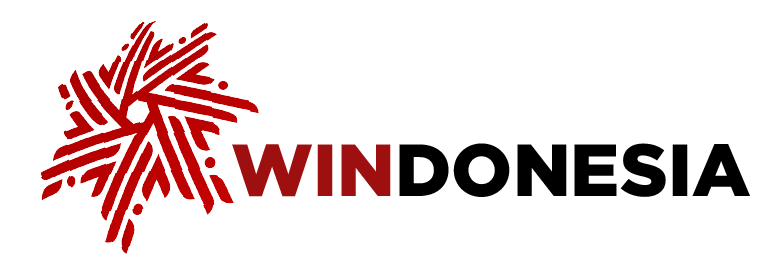Latest News
Thousands of residents crowded the coast of Nabire Beach to witness a spectacular fireworks display marking New Year's Day 2026 in Central Papua on Jan. 1, 2026.
"Hopefully, this moment will become the spirit and foundation for how we will collectively build this nation in the future," said Central Papua Governor Meki Nawipa.
The provincial government initiated the fireworks display so that the public would not have to procure permits and independently purchase firecrackers. Nawipa also outlined achievements and strategic plans in Central Papua's education sector as concrete evidence of development for Papuan indigenous people in the province.
In addition, the Central Papua Provincial Government has guaranteed tuition fees for outstanding students and waived operational fees at the high schools and vocational high schools throughout the province. By 2026, the free school program will reach all students at the junior high school level.
"So now, the people of Central Papua are ready to work together to build this country," Nawipa emphasized.
He hopes that the synergy between the government and the people will make 2026 a period full of blessings for the welfare of all levels of society. The governor concluded with optimism that the quality of life for Central Papuans in the future will be better than today.
The lively event also included an interfaith prayer as a form of gratitude for peace in the new province.

